CT Lawn Reno
Bruce_6A
10 years ago
Related Stories

LANDSCAPE DESIGNCalifornia Says Goodbye to the Sprawling Ornamental Lawn
New state rules will effectively limit turfgrass to 25 percent of the landscape in most new and renovated yards
Full Story
GARDENING GUIDESHow to Switch to an Organic Landscape Plan
Ditch the chemicals for a naturally beautiful lawn and garden, using living fertilizers and other nontoxic treatments
Full Story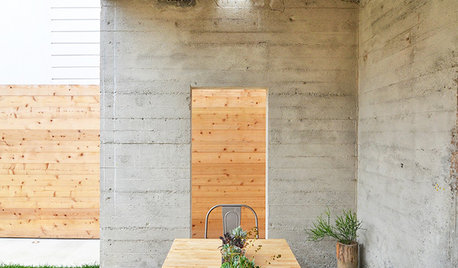
PATIOSAn Outdoor Dining Spot Creates Quiet Time in the Heart of San Francisco
See how this abandoned site became a big-city oasis with the help of a new lawn and a unique outdoor dining area
Full Story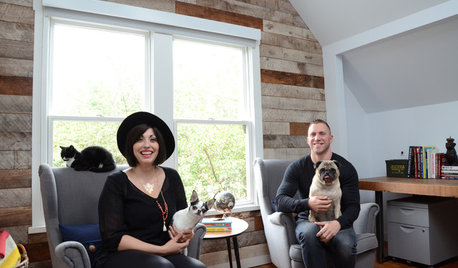
HOUZZ TOURSMy Houzz: Personal Touches Keep Things Fun in a Historic Vancouver Home
DIY updates and bold patterns help transform an 1898 Victorian
Full Story
EXTERIORSWhere Front Yards Collide: Property Lines in Pictures
Some could be twins; others channel the Odd Couple. You may never look at property boundaries the same way again
Full Story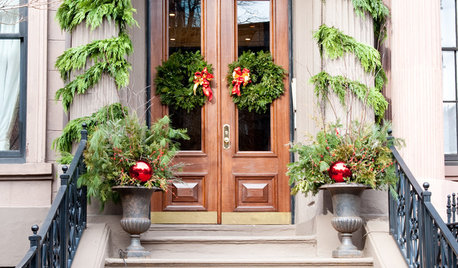
HOLIDAYSShow Us Your Decorated Front Door
Nothing says, ‘Come on in’ like a front door decorated for the holidays. Share pictures of your decorated door in the Comments
Full Story
TRAVEL BY DESIGNTravel in Style: 10 Designer Hotels to Inspire You
Pick up some decorating ideas or just revel in the decor and furnishings of these eye-popping hotels by famous designers
Full Story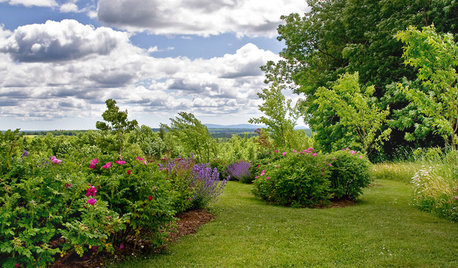
LANDSCAPE DESIGNYour Mini Guide to Great Garden Edges
Get the scoop on trenches to the skinny on bender board, to help keep your garden beds as tidy as you like
Full Story
PETSRoom of the Day: Laundry Room Goes to the Dogs
Muddy paws are no problem in this new multipurpose room
Full Story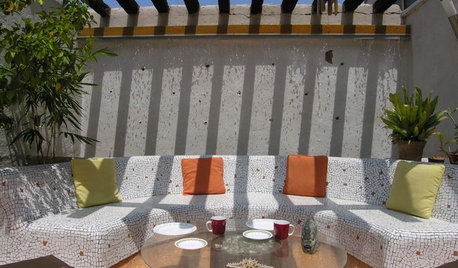
LANDSCAPE DESIGN13 Extra-Cool Things to Do With a Backyard
Sure, you could just plop down on a blanket. Or you could create a dragon’s lair, a mosaic gallery, a party in a jungle ...
Full Story







dchall_san_antonio
Bruce_6AOriginal Author
Related Professionals
North New Hyde Park Landscape Architects & Landscape Designers · Frisco Landscape Contractors · El Reno Landscape Contractors · Ellensburg Landscape Contractors · Hawaii Landscape Contractors · North Haven Landscape Contractors · Pacifica Landscape Contractors · Quincy Landscape Contractors · Riverhead Landscape Contractors · Rockwall Landscape Contractors · Vashon Landscape Contractors · Weslaco Landscape Contractors · Hueytown Landscape Contractors · Eastvale Swimming Pool Builders · West Chester Swimming Pool BuildersAshleigh Rader Homes
danielj_2009